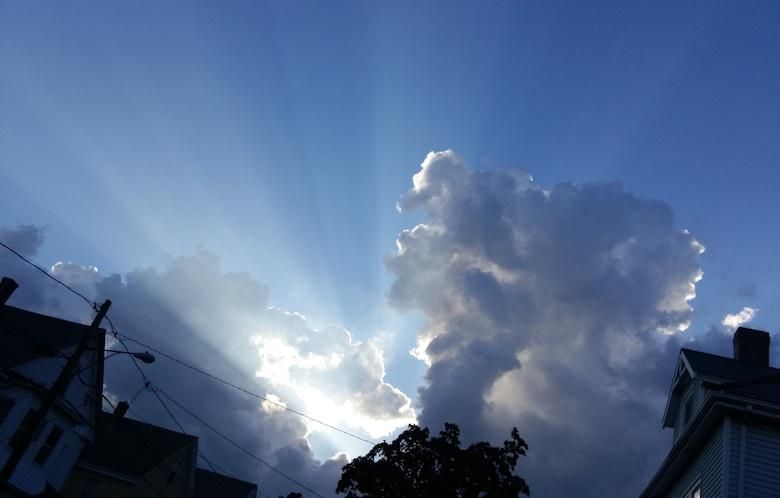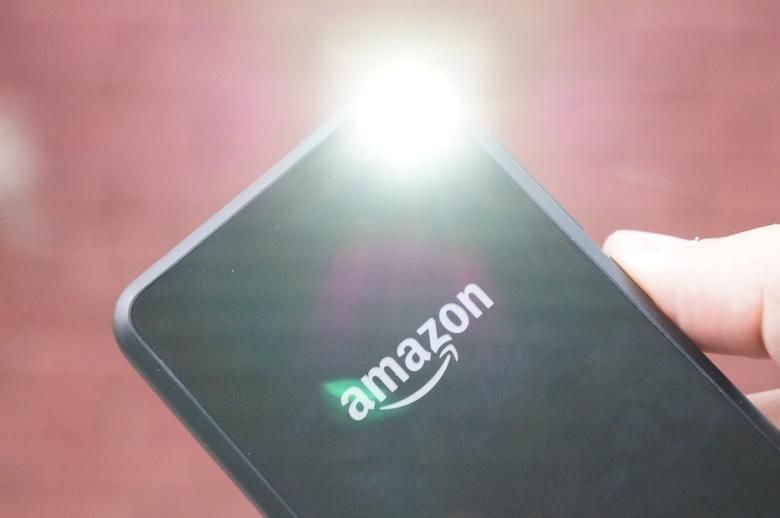The Fire Phone is many things to many people: a funky 3D screen; a portal to a Prime membership; a refreshing escape from the normalcy of the typical smartphone world; a gimmick to be disregarded until the next generation – the list goes on. But whatever your personal opinion, the fact remains that as Amazon’s first-ever smartphone, the newest Fire is indisputably significant. And part of its significance lies in its camera.
The Amazon Fire Phone camera is a 13MP sensor backed up by the usual slew of glowing marketing material on the device’s purchase page: it’s a “custom-tuned camera system” with “a fast five-element wide aperture f/2.0 lens” and –we’ll ditch the quotes here because it’s actually awesome– optical image stabilization. The latter is something we’ve been missing on a few other modern smartphones, and the fact that it’s backed up by a hardware camera key here is added sprinkles on the ice cream. Amazon goes on to call out the Fire Phone camera’s free unlimited cloud storage, long nighttime exposures, intelligent HDR, and so on.
How does all that marketing copy hold up to the withering gaze of the reviewer’s eye? You’ll have to wait for our full Fire Phone review to find out – but until then, check out the samples below to see just what the Fire Phone camera is capable of in a variety of lighting conditions, with text by Pocketnow’s in-house photographic expert Adam Z. Lein!
Amazon Fire Phone camera samples: daylight
When looking at the outdoor well-lit photos at 100%, like most camera phones, you’re going to notice some noise. Details aren’t very sharp, and there are plenty of blotchy edges. Grain noise gets more noticeable in the out-of-focus areas and there doesn’t seem to be much post processing going on, such as artificial sharpening around high contrast edges. That’s a good thing – but on the other hand, there’s no oversampling that can make for a cleaner, sharper image. You can do the downsampling in software afterwards though, since 13 megapixels is plenty to get a good 3-megapixel image for your social networks.
In the default mode, the camera doesn’t seem to have too much flexibility in terms of dynamic range. You’ll see in the sunset photo that the highlights are clipped significantly, as are the shadow areas. Shooting with the Fire Phone is also frustrating in this regard, as the Fire OS is much too sensitive when setting exposure to match touch-to-focus (see photos 3 and 4 below).
•
Amazon Fire Phone camera samples: HDR
Flipping on the high dynamic range option, of course, gives us more details in the highlights and shadow areas. Unfortunately, HDR mode seems to have an adverse effect on sharpness as well, thus making those details a bit blurry or soft.
HDR mode doesn’t always give us as much dynamic range as we might need, as is evident in this photo of a building at sunset. The bright highlights decimate any detail in the cloudy sky, and the harsh shadows black out any detail in those areas as well.


